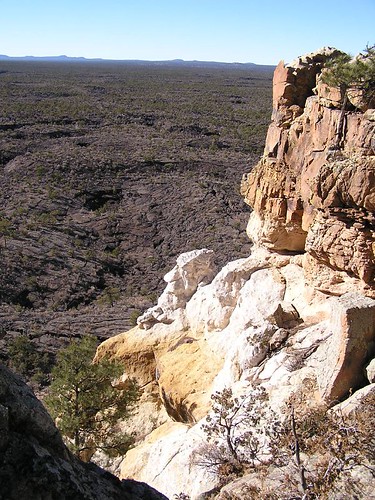Read the whole article for a nice summary of things to see and do in this area of southeastern Utah. mjh
Utah in the raw
Drive State Route 12 to see West’s famed untamed beauty
By Bob Downing
Beacon Journal staff writer
ESCALANTE, UTAH – State Route 12 in Utah is an awesome and very scenic road.
It twists. It turns. It curves. It climbs. It drops through the geological playground that dominates Garfield and Wayne counties on the Colorado Plateau in southern Utah.
The road offers new vistas guaranteed to take your breath away at every turn in Utah’s red-rock, high-country desert and beyond.
It runs past slickrock canyons, cliffs, Ponderosa pine and aspen forests, alpine lakes, national parks, state parks, a national monument, a national recreation area and small farming communities.
Route 12 is the main artery through one of the most rugged and isolated areas of the West. It was one of the last explored frontiers in the lower 48 states.
The route offers camping, hiking, trout fishing, mountain biking, hunting, cross-country skiing, horseback riding and riding all-terrain vehicles.
There are elk herds, strange geological formations, petrified forests and Anasazi Indians ruins/museum on the semicircular route, which ranges from 4,000 to 9,200 feet in elevation.
State Route 12 is a national Scenic Byway, one of 125 in the United States. It is also an All-American Highway, one of only 20 so designated by the Federal Highway Administration. … [read it all]

